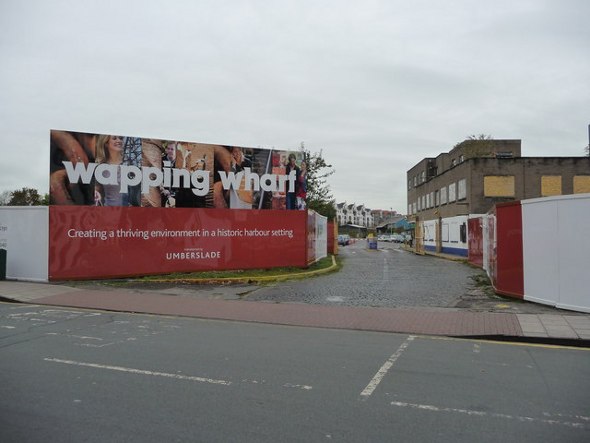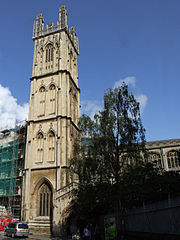In a cave in a cliff, there lived a hermit
On my way into the Bristol Wireless lab, I pass by the former Quakers’ Burial Ground opposite St Mary Redcliffe Church, now a pleasant, small green space amid the bustle of the city.
Right at the back of the Burial Ground set into the sandstone of Redcliffe Hill itself is a small cave, now barred by a wrought iron gate, as shown in the picture below.

According to the plaque to right of the entry, the cave was first used as a hermit’s habitation in the 14th century when John Sparkes (or Sparke, according to some sources. Ed.) was installed in 1346 by Thomas Lord Berkeley to pray for him and his family. The plaque continues by saying that the cave continued to be occupied by successive hermits until the 17th century.
If the date of 1346 is true, the only Thomas Lord Berkeley to whom the text on the plaque could possibly refer is the third Baron de Berkeley (circa 1293 or 1296 – 27 October 1361), 8th feudal Baron Berkeley, also known as Thomas the Rich, whose ancestral home was Berkeley Castle in Gloucestershire.
Thomas definitely needed someone to pray for him. In 1327 Thomas was made joint custodian of the deposed King Edward II of England, whom he received at Berkeley Castle where he died, believed to have been murdered by an agent of Isabella of France (also known as the ‘She-Wolf of France’. Ed.), Edward’s wife, and Roger Mortimer, 1st Earl of March (whose daughter Margaret, was Thomas’ first wife. Ed.), on 11th October 1327.
Thomas de Berkeley was tried an accessory to the murder of the Edward II by a jury of 12 knights in the 4th year of King Edward III of England, but was honourably acquitted.
The land where the hermit’s cave now stands was acquired by the Religious Society of Friends (otherwise known as the Quakers) in 1667 and used as a burial ground until 1923. The gravestones from the former burial ground are now stacked in the hermit’s cave. The earliest recorded memorial is dated 1669 and the latest 1923, whilst the ages of the dear departed range from eight months to 99 years.
According to the plaque, some well-known Bristol Quaker names are included amongst the memorials, i.e. Alloway, Grace, Harford, Houlden, Jennings, Ring, Smyth, Wall and Whitworth.
My friend Julien remembers resorting to the hermit’s cave for a crafty smoke when he was a pupil at nearby St Mary Redcliffe & Temple School.
The burial ground was handed over by the Quakers to Bristol City Council in 1959 – presumably to help allow the local environment and heritage to be destroyed by the council’s highway engineers (including the demolition of the world’s first lead shot tower. Ed.).






